11 Weird But True Stories Behind Unique American Products
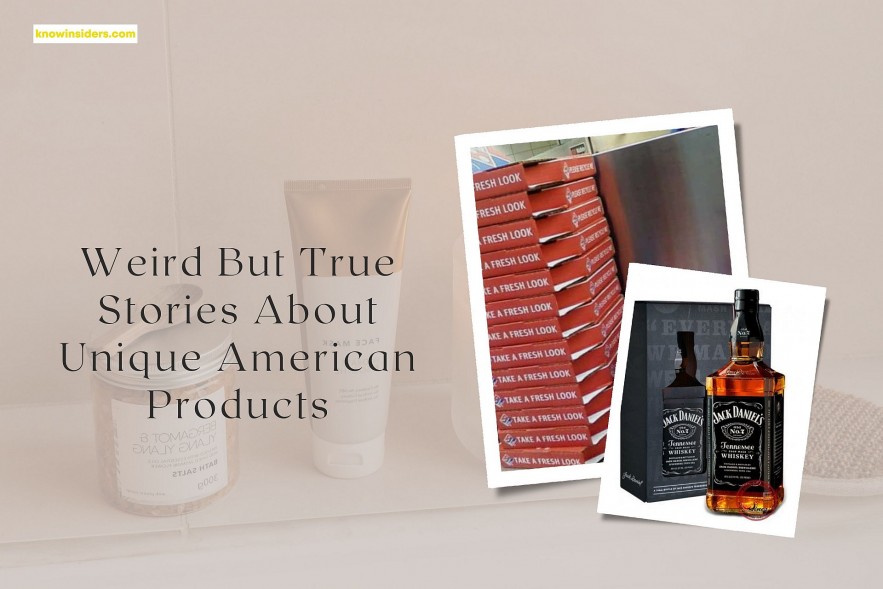 |
| 11 Weird But True Stories Behind Unique American Products. Photo KnowInsiders |
There are many American icons that we are all too familiar with, both past and present. If you've ever wondered about the origins of these icons, look no further than here. Check out these strange but true stories about famous American products.
1. Jack Daniel's
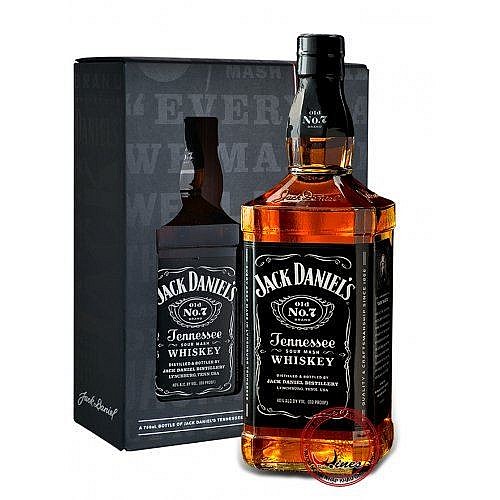 |
In the mid-1800s, a man named Jack Daniel worked as a master distiller of whiskey in Lynchburg, Tennessee. One of the reasons he operated there was that the ingredients for whiskey were plentiful in that area. Mark Evans, a Welsh businessman, discovered a recipe written in 1853 by his great-great-grandmother, a herbalist, in 2012. It was the same year his great-great uncle immigrated to America. John "Jack the Lad" Daniels was his name.
2. WD-40
In 1953, a chemist named Rocket Chemical invented WD-40. Norm Larsen was self-taught, loved to read, and wanted to invent something useful despite having only a high school diploma. Moisture corrosion was a problem for the space program. After 39 failed attempts, his team succeeded on the 40th, and Water Displacement Formula 40, better known as WD-40, was born.
READ MORE: 10 Weirdest Toothpastes In The World That You Probably Never Known
3. The Zamboni
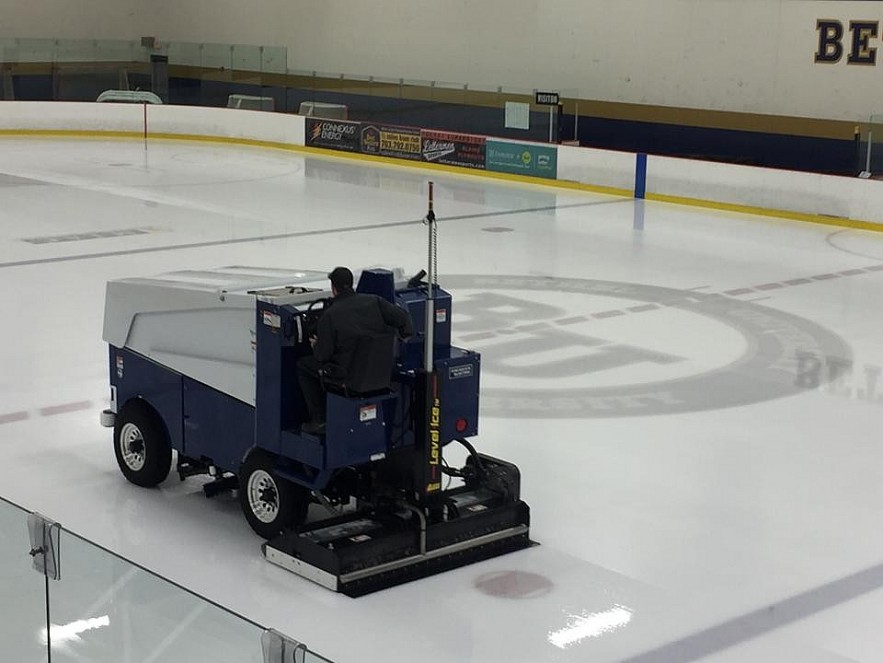 |
The Zamboni is an ice resurfacing machine that cleans and smoothes an ice rink's surface to make it more skating-friendly. Unexpectedly, this device, named after its designer Frank Zamboni, was created in Paramount, California.
When Zamboni constructed the Skateland Skating Rink in Paramount, he was already involved in the ice and refrigeration industry. Zamboni intended to create a tool that would simplify the process of resurfacing the ice because it was normally a laborious task carried out by five personnel that required more than 90 minutes of hand-scraping and watering.
A-20 airplane components, an oil derrick chassis, a Jeep engine, a pair of pulleys, and a wooden container were used to build his first improvised Zamboni. The ice resurfacer was initially created by Zamboni out of personal need, but after the Chicago Black Hawks and figure skater Sonja Henie placed an order, he went into business. He established branches in Canada and Switzerland and used the engine and chassis of a certain Jeep model for mass production.
The Montreal Canadiens received the 5000th Zamboni in 2012 for usage at their brand-new Bell Centre Arena. At Long Beach, California, Francis Zamboni passed away in 1988 at the age of 87. 2009 saw his induction into the US Hockey Hall of Fame.
| Frank Zamboni didn’t set out to be a machine builder. He had started numerous businesses. In 1920, he and his brother Lawrence launched their first electric repair business in Hynes, California. They established an ice machine and began producing 300-pound blocks of ice as soon as they realized there was a need for it in those pre-refrigeration days for the local dairies and for train shipping of the region's crops. |
READ MORE: 7 Weirdest Things That Only Cubans Could Understand
4. Play-Doh
What began as a wall-paper cleaning compound has evolved into something quite interesting. Noah and Joseph McVicker, uncle and nephew, are the creators of Play-Doh. Joseph was talking with a teacher friend about the drawbacks of traditional modeling clay. It was difficult to use and clean. So Joe McVicker sent a box of the compound to a teacher friend, and it became a hit in his class. Rainbow Crafts was purchased by General Mills in 1965, and Kenner in 1971. Even today, children enjoy the original off-white colored clay.
5. The Crossword Puzzle
 |
The most well-known word game ever created is the crossword puzzle. Additionally, they are a recent phenomenon. When working for the New York World in December 1913 on the "Fun" section of the newspaper, Arthur Wynne was asked by an editor to create some sort of brainteaser puzzle. He recalled a game from his youth where players had to arrange words in a grid so that they could be read equally both vertically and horizontally. Wynne gave the hints rather than the actual words.
On December 21, 1913, the first crossword puzzle was published. It had a hole in the middle and was shaped like a diamond. It was also very challenging. "What this puzzle is," the clue for box number 18, was given. The reply was "difficult."
| Wynne originally intended for his puzzle to be called the "Word-Cross," but a typo changed that to "Cross-Word." To print the first crossword puzzle book, Richard Simon and Max Schuster founded a publishing company in 1924. They negotiated with the publishers of New York World to use the top puzzles. The Crossword Puzzle Book, their first publication that they printed with all of their meager resources, became an instant hit, and subsequent editions have gone on to sell millions of copies, establishing one of publishing's most illustrious companies. |
6. The Frisbee
On a beach near New Haven, Connecticut, in 1938, Fred Morrison and his girlfriend were playing catch with a cake pan when a passing stranger offered to buy the disk for a quarter. Morrison began a small business selling the tins on the beach, but World War II intervened and he was forced to enlist in the Air Force, where at least he gained some knowledge of aerodynamics.
He was intrigued by the idea of the flying disk and collaborated with Warren Franscioni, a supporter, to create a number of prototypes in an effort to cash in on the flying saucer craze. He and Franscioni split up because none of these endeavors were particularly successful.
By 1954, Morrison was manufacturing and marketing a product he called the Pluto-Platter, and in 1957, he made a big splash by selling the marketing rights to the Wham-O company, which was in charge of creating a variety of novelty items, including the Hula-Hoop and the as-yet-uninvented Super Ball. Wham-O at the time only sold a wooden slingshot; the name of the company is said to refer to the sound the projectiles of the toy made when they struck a target.
As soon as possible, Wham-O changed the name of the flying disc to "Frisbee," which was inspired by the Yale University-affiliated Frisbie Pie Company. The tins with the company name stamped on them were soon being thrown around campus by students. Wham-O also improved the disk's design to make it easier to throw quickly and precisely.
Sales of the toy skyrocketed, and it was modified for games like Ultimate Frisbee and Frisbee golf. Since 1957, 200 million Frisbees have been sold, and Wham-O paid Fred Morrison over $2 million in royalties before he passed away in 2010 at the age of 90.
7. Dr. Pepper
Do you identify as a "Pepper?" If you are, you should know that the popular soft drink was invented in 1885 by a pharmacist named Charles Alderton rather than a doctor. He was employed at Morrison's Old Corner Drug Store in Waco, Texas. Contrary to popular belief, the old soft drink was mixed not for medicinal purposes, but simply because Alderton enjoyed making flavorful "fuzzy stuff." Wade Morrison, the store's owner, allegedly named it after a friend named Dr. Charles Pepper. Alderton eventually sold his half of the company, and the new partners debuted the drink at the 1904 World's Fair in St. Louis, Missouri. The rest, as they say, is history.
 10 Most Popular Toilet Paper Brands in the U.S 10 Most Popular Toilet Paper Brands in the U.S |
8. The Baseball Scorecard
Immigrant Harry M. Stevens was born in Derby, England, in 1856. He developed a passion for baseball after moving to Ohio in the 1880s. He began a business selling food and beverages to game-goers, and by 1900, it had become successful enough for him to land contracts at several major league ballparks. The "invention" of the "Hot Dog" is frequently cited as the reason for Stevens' success, but the idea of a sausage on a bun was nothing new; it had long been popular in England and Germany.
Stevens did, however, incorporate a different element of baseball into a special and novel product, the baseball scorecard. Henry Chadwick, a sportswriter, created a unique shorthand for baseball scoring, but Stevens created the first baseball scorecard, using a grid system that is still in use today. Fans began to score games themselves after his catchphrase, "You can't tell the players without a scorecard," became well-known.
Prior to being purchased by the Aramark Corporation in 1994, Harry M. Stevens, Inc. had become North America's leading sports concessionaire.
 Top 11 Best Fountain Pen Brands for Business People Top 11 Best Fountain Pen Brands for Business People |
9. Ferris Wheel
 |
The chief architect of the fair asked his designers to create a symbolic structure that would be Chicago's version of the Eiffel Tower in 1890 in advance of Chicago's massive 1893 Columbian Exposition. When he first suggested a massive steel wheel with suspended carriages that would carry them to a diametric height of 250 feet, taller than the Statue of Liberty, 33-year-old Pittsburgh engineer George Ferris Jr. was initially turned down. His "Ferris" wheel eventually became the focal point of the exposition after he persisted and paid for his own studies that demonstrated that his design was both practical and safe. People paid fifty cents for a sensational ride that lasted for twenty minutes.
Unfortunately, Ferris ended up in a lot of legal trouble after the fair and eventually filed for bankruptcy. He passed away in Pittsburgh at age 37 from typhoid fever. His wheel was displayed at a different world's fair in St. Louis in 1904 before being blown up with dynamite two years later.
10. Domino's Pizza
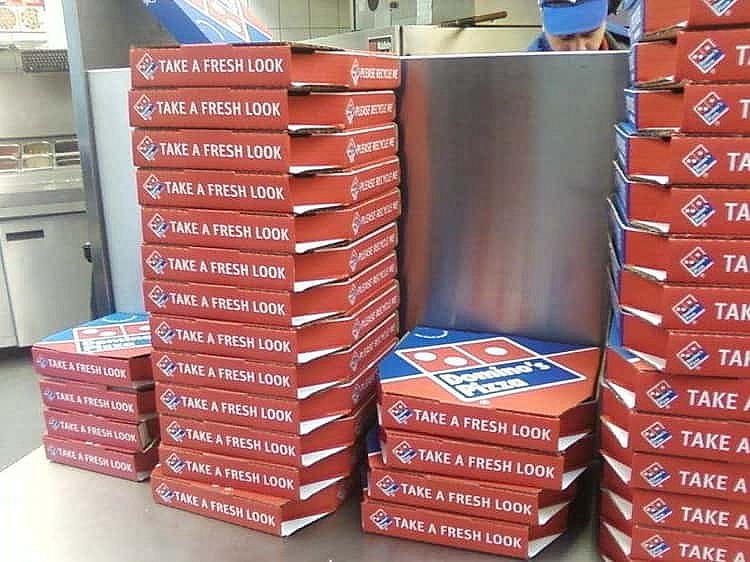 |
Tom and James Monaghan paid $500 cash down and an additional $1,900 in loans to purchase DomiNick's, a pizzeria in Ypsilanti, Michigan, in 1960. The two brothers planned to keep the store open late so they could deliver pizzas to nearby college students who had few other late-night food options. The store was close to Eastern Michigan University. James Monaghan exchanged his share of the company for the VW bug they were using to deliver pizzas because he didn't want to quit his post office job.
When Tom Monaghan had three stores by 1965, he wanted to give them all the same name, but the original owner wouldn't let him. The three dots on the domino, which represent the name change in 1965, were used to identify the new stores as Domino's instead.
In 1967, Domino's opened its first franchise; within ten years, the chain had 200 locations. Over 11,000 Domino's locations could be found in 73 countries as of 2016. In 1998, Tom Monaghan sold Bain Capital for more than $1 billion, giving up 93% of the chain.
11. Monopoly
 |
To teach the basic concepts of economics, several people created board games at the beginning of the 20th century. One of these games, The Landlord's Game, gained enough notoriety for its creator, Lizzie Magie, to approach board game producer George Parker of Parker Brothers.
Parker rejected her, but according to legend, an unemployed salesman from Atlantic City named Charles Darrow eventually learned the game from a neighbor and created his own exact replica. The neighbor never spoke to him again after he began marketing it, but in 1934, despite being turned down by Parker Brothers as well, he was able to sell enough copies in a number of Philadelphia department stores to convince the company to change its mind. While Darrow used locations in Atlantic City, Magie's version used Chicago.
Parker Brothers was selling 20,000 Monopoly sets per week by 1935, and Darrow had become the first millionaire from a board game. Parker Brothers acquired the patents of a number of disgruntled and potentially litigious individuals, including Lizzie Magie, as a result of the blatant plagiarism. For many years, Charles Darrow was believed to be the only inventor of Monopoly. However, a lawsuit brought by Parker Brothers regarding a copycat game called Anti-Monopoly developed by a professor of economics at Berkeley revealed much of the true history behind the game's invention.
 7 Weirdest Shopping Malls In The World 7 Weirdest Shopping Malls In The World Shopping malls are paradise for shopaholics. At many shopping malls around the world, you will feel like being lost in a river city or in ... |
 Top 20 Weirdest and Attractive Festivals Around the World That Make You Dizzy Top 20 Weirdest and Attractive Festivals Around the World That Make You Dizzy Festivals play an important role in humans' religious practice and culture, yet there are some strange festivals that you might not think exist. What are ... |
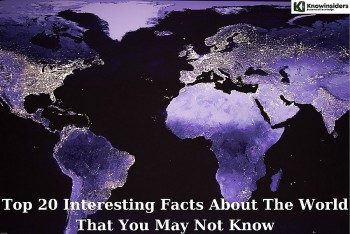 Top 20 Interesting Facts About The World That You May Not Know Top 20 Interesting Facts About The World That You May Not Know With more than 200 countries and more than 8 billion people on Earth, there are countless strange and interesting facts that you may not know! ... |
























